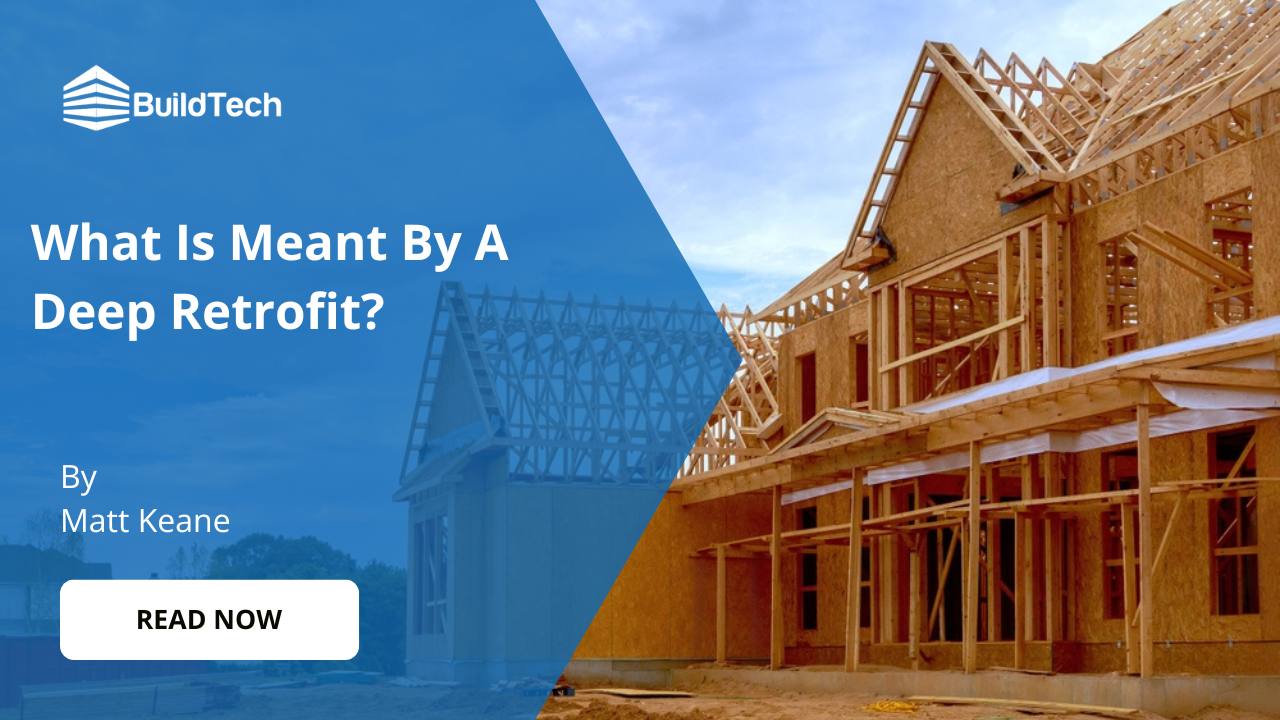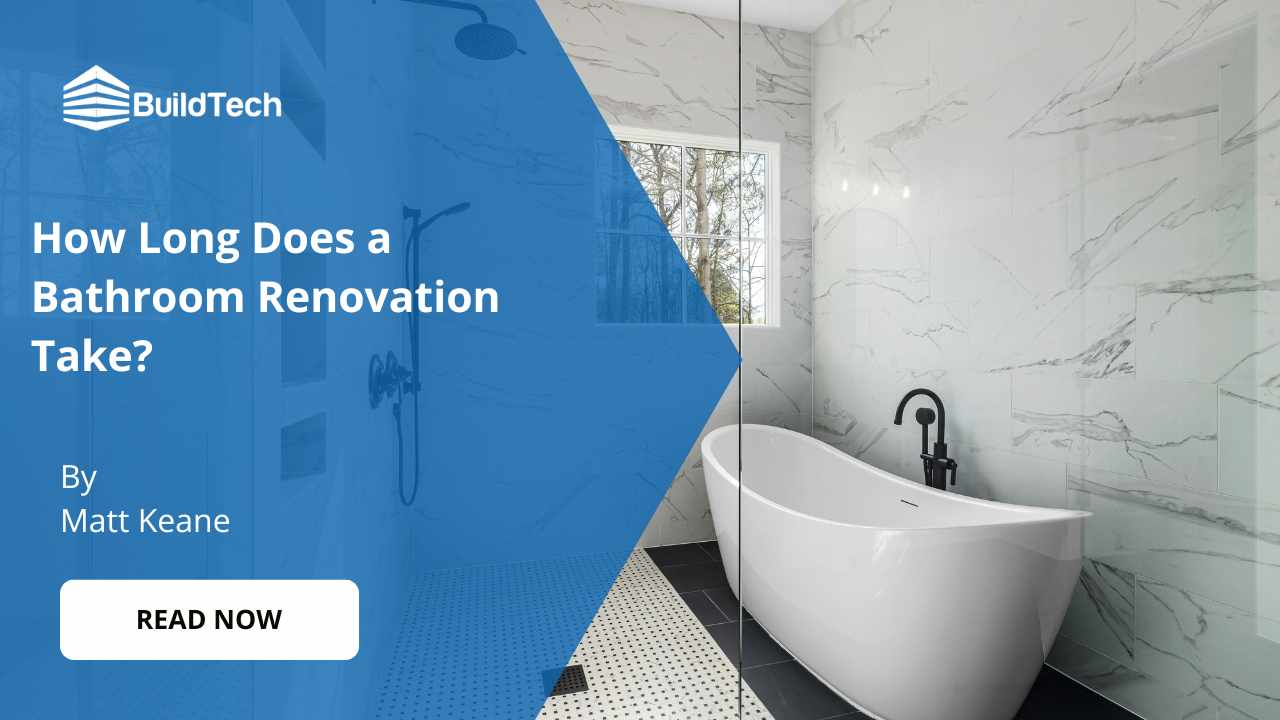What is meant by a deep retrofit? Simply put, it refers to a full-scale upgrade of a home to improve its energy efficiency, comfort, and overall performance. Instead of focusing on just one or two areas, a deep retrofit takes a whole-house approach. This usually includes adding high-quality insulation, upgrading heating systems, installing energy-efficient windows and doors, and improving ventilation. In many cases, renewable energy options like solar panels or heat pumps are also included.
The goal of a deep retrofit is to significantly cut down on energy use, reduce heating bills, and create a warmer, healthier living space. As energy prices continue to rise, and with government grants now available, more homeowners in Ireland are considering this long-term solution for a better home.
In this blog, we’ll explain what is meant by a deep retrofit, what it involves, its benefits and why it could be a smart choice for your property.
What is Meant By a Deep Retrofit?
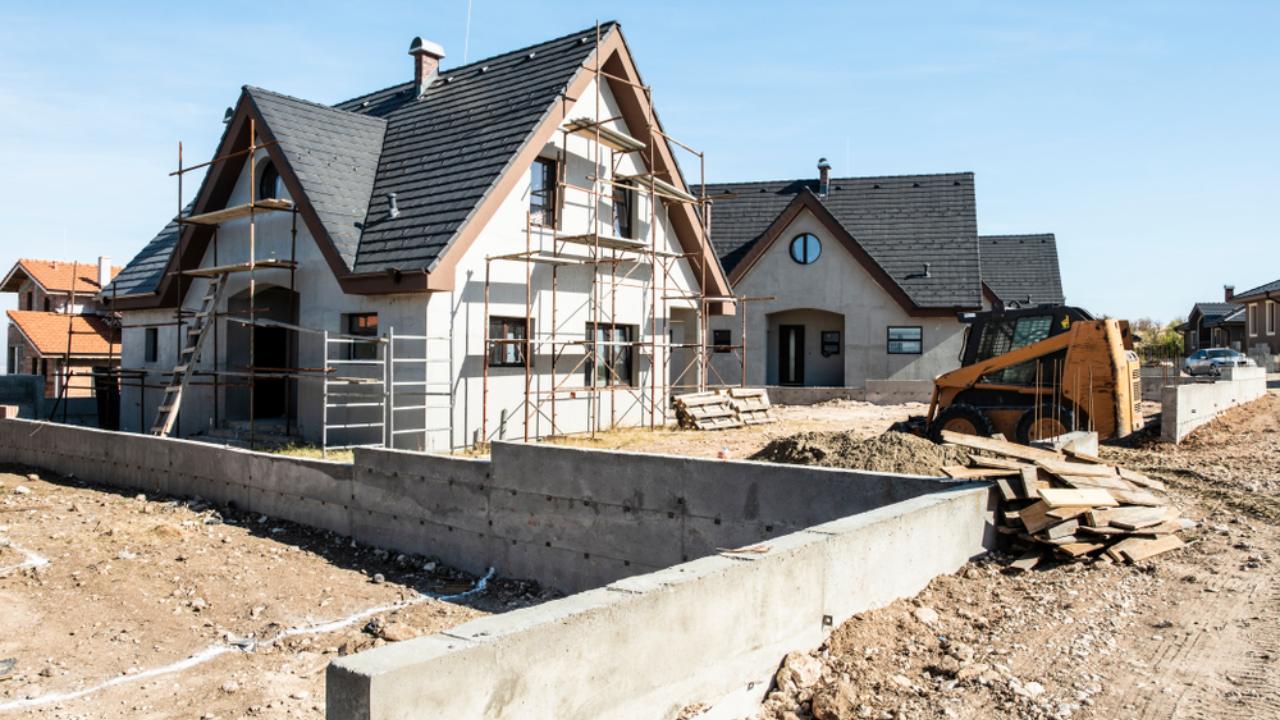
A deep retrofit refers to a comprehensive renovation approach aimed at significantly improving a building’s energy performance. Unlike conventional upgrades, deep retrofits involve complete changes such as enhancing insulation, replacing HVAC systems, sealing air leaks, and integrating renewable energy sources.
These upgrades work together to reduce energy consumption, lower emissions, and increase occupant comfort, making the building more sustainable and cost-efficient in the long term.
What Does Deep Retrofitting Involve?
Deep retrofitting focuses on identifying where a house loses energy and making targeted upgrades to reduce that waste. The goal is to improve energy efficiency, lower carbon emissions, and cut monthly energy bills. In Ireland, insulation is one of the most common methods, applied to floors, roofs, attics, and around windows to trap heat inside.
Air sealing is another key measure, which blocks hidden gaps where warm air may escape. Improved ventilation systems also play a role, ensuring fresh air circulates efficiently without energy loss. Other upgrades may include radiator resizing, installing solar panels, and updating the heating system.
Rather than relying on one solution, deep retrofitting combines multiple methods that work together. This coordinated approach ensures a long-lasting reduction in energy use, creating a more comfortable and sustainable home environment.
Why Consider a Deep Retrofit?
Considering a deep retrofit is a smart move for homeowners who want to future-proof their property, reduce energy costs, and lower their carbon footprint. By tackling energy inefficiencies throughout the entire home, deep retrofitting leads to significant long-term savings on heating and electricity bills.
It also greatly improves indoor comfort, reducing draughts and maintaining consistent temperatures year-round. With climate concerns growing and energy prices rising, more people are turning to retrofitting as a way to make their homes more environmentally friendly and financially sustainable.
Deep retrofits also increase the value of a property and can make it more attractive to future buyers. From better insulation and heating systems to renewable energy solutions, a deep retrofit transforms your home into a warmer, healthier, and more energy-efficient place to live.
How Much Does a Deep Retrofit Cost?
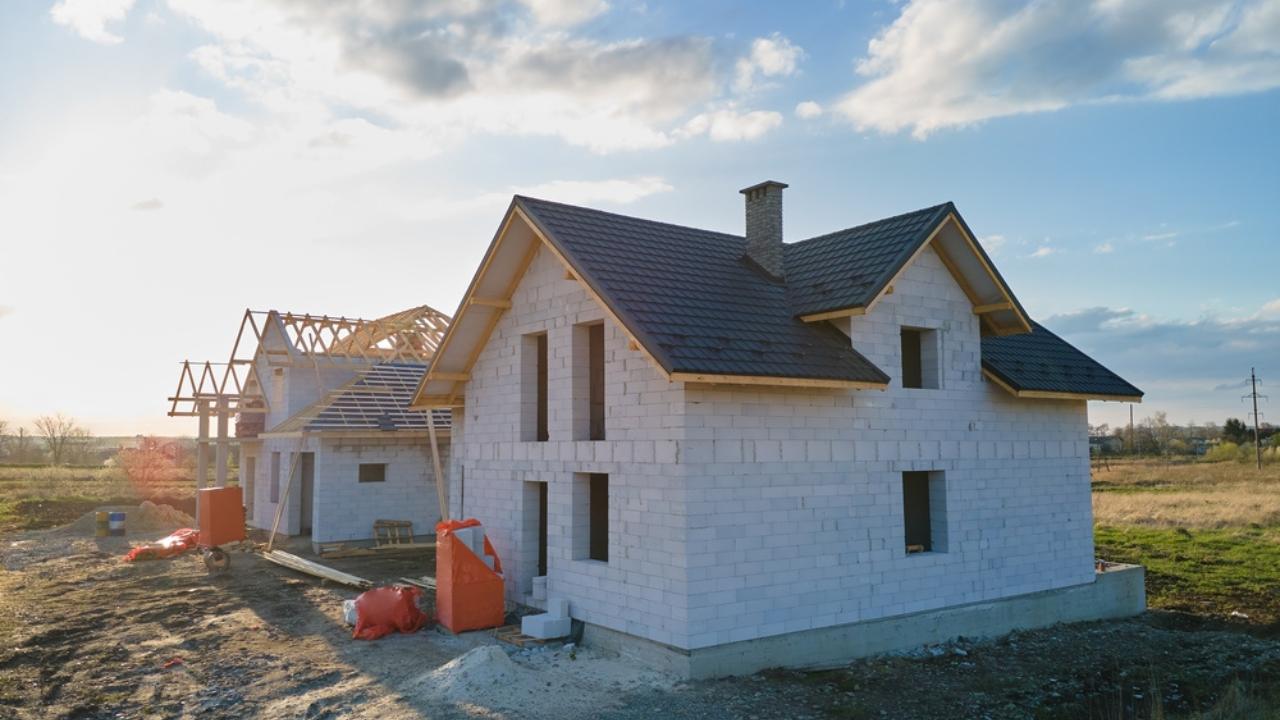
The cost of a deep retrofit can vary depending on the size and condition of the home, as well as the specific improvements chosen. On average, a full deep retrofit that includes a combination of upgrades such as insulation, heating controls, heat pump installation, and solar panels comes to approximately €51,343.
While this is a considerable upfront investment, the long-term savings on energy bills and the improved comfort of the home make it worthwhile. Additionally, deep retrofitting can increase the overall value of the property. Homeowners may also be eligible for grants or financial assistance, which can significantly reduce the total cost. In the long run, a deep retrofit offers both environmental and financial benefits.
What Are the Benefits of a Deep Retrofit?
A deep retrofit offers a wide range of long-term advantages for both homeowners and the environment. By improving your home’s energy performance, it creates a more comfortable, efficient, and future-ready living space.
Lower Energy Bills
One of the most noticeable benefits of a deep retrofit is the significant reduction in monthly energy bills. By improving insulation, sealing air leaks, and installing energy-efficient systems, your home uses less energy to maintain comfortable temperatures. This reduces your dependence on fossil fuels and shields you from future energy price increases. Over time, the savings on heating and electricity can help offset the upfront cost of the retrofit, making it a financially smart investment.
Enhanced Comfort
Deep retrofitting transforms the living experience by enhancing indoor comfort. Cold spots, draughts, and uneven temperatures are reduced or eliminated thanks to better insulation and upgraded heating systems. Advanced ventilation keeps air fresh while retaining heat, and improved sealing reduces outside noise. The result is a healthier, quieter, and more enjoyable home environment for you and your family.
Increased Property Value
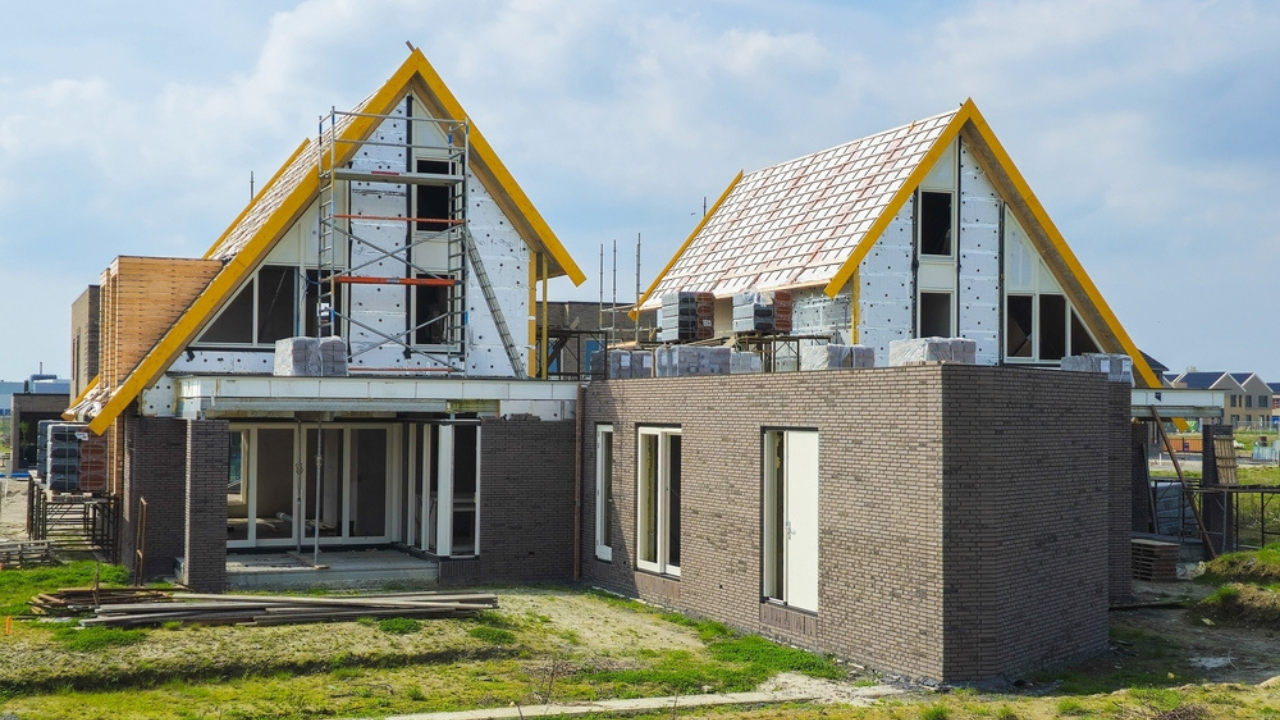
A home that has undergone a deep retrofit typically sees an increase in its market value. Energy-efficient upgrades boost the Building Energy Rating (BER), making the property more appealing to potential buyers. In a competitive real estate market, homes with higher energy ratings and modern, sustainable features stand out. Investing in retrofitting now not only brings daily benefits but can also deliver a higher return when it comes time to sell.
Reduced Carbon Footprint
Deep retrofits play a vital role in reducing your home’s environmental impact. By using less energy and incorporating renewable sources like solar power, your household emits fewer greenhouse gases. This contributes to global climate goals while also preparing your home to meet future energy regulations. Retrofitting supports a greener lifestyle, aligning your home with a more sustainable and eco-conscious future.
Long-Term Savings
Although deep retrofitting requires a large upfront investment, the long-term financial benefits are considerable. Ongoing savings from lower energy bills, reduced maintenance needs, and better system durability all contribute to a healthier financial outlook. Additionally, available grants and government incentives can reduce initial costs. In the end, a deep retrofit is not just an energy upgrade; it is a smart, cost-effective decision that pays off over time.
Conclusion
A deep retrofit is a smart and sustainable solution for homeowners looking to lower energy bills, improve comfort, and reduce their carbon footprint. By combining various upgrades like insulation, air sealing, heating improvements, and renewable energy, it transforms your home into a more efficient and environmentally friendly space. While the initial cost can be high, the long-term benefits in savings, comfort, and property value make it a worthwhile investment.
Want to future-proof your home while saving money and energy? Contact BuildTech today to learn how we can help you plan and carry out a deep retrofit customised to your needs and budget.


